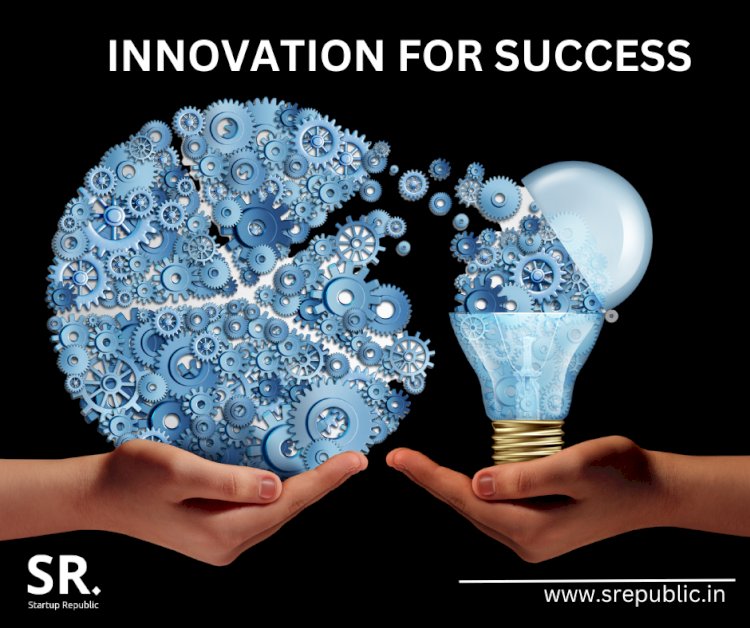Innovating for Success: A Comprehensive Guide to Product Development
This blog outlines the essential steps involved in product development and highlights the importance of innovation for business success. It emphasizes the need for a customer-centric approach, experimentation, and risk-taking, as well as sustainability and social responsibility. Overall, the blog provides a comprehensive guide to product development and innovation for businesses looking to stay ahead of the competition and meet the changing needs of their customers.

Innovation is at the heart of any successful business, and product development is a crucial aspect of innovation. Developing new products can help your business stay ahead of the competition and meet the changing needs of your customers. However, product development is not an easy task, and it requires careful planning, execution, and monitoring. In this blog, we will discuss the steps involved in product development and how you can innovate for success.
-
Idea Generation The first step in product development is generating ideas for new products. This can be done in various ways, such as brainstorming, customer feedback, market research, and competitor analysis. It is essential to involve key stakeholders in the idea generation process, such as customers, employees, suppliers, and partners. This ensures that the ideas generated are feasible, valuable, and aligned with your business goals.
-
Concept Development Once you have a list of ideas, the next step is to select the most promising ones and develop them into concepts. This involves creating a product concept statement, which describes the product's features, benefits, target market, and unique selling proposition. It is important to test the product concepts with potential customers to get feedback and refine the concepts further.
-
Feasibility Assessment After you have developed the product concepts, the next step is to assess their feasibility. This involves evaluating the technical, financial, and operational feasibility of the product concepts. Technical feasibility assesses whether the product can be developed with the available technology and resources. Financial feasibility evaluates whether the product is financially viable and profitable. Operational feasibility assesses whether the product can be produced and distributed efficiently.
-
Prototyping and Testing Once you have determined the feasibility of the product concept, the next step is to create a prototype and test it. This involves creating a physical or digital prototype of the product and testing it with potential customers. The prototype should be as close to the final product as possible to get accurate feedback. Testing the prototype helps identify any design flaws, usability issues, or functional problems that need to be addressed before the product is launched.
-
Product Launch After you have tested the prototype and refined the product design, the next step is to launch the product. This involves creating a marketing plan, developing a distribution strategy, and setting pricing and promotion policies. It is important to create a buzz around the product launch to generate interest and excitement among potential customers. It is also important to monitor the product's performance after the launch and make any necessary adjustments based on customer feedback and market trends.
-
Product Life Cycle Management Once the product is launched, the next step is to manage its life cycle. This involves monitoring the product's sales, profitability, and customer feedback and making any necessary adjustments. It is important to continually innovate and improve the product to stay ahead of the competition and meet the changing needs of your customers. This may involve developing new features, upgrading the product design, or launching new product variations or extensions.
Innovation for Success To innovate for success, it is important to adopt a customer-centric approach to product development. This involves understanding your customers' needs, preferences, and pain points and developing products that meet those needs. It is also important to stay abreast of market trends and emerging technologies and leverage them to create new products that differentiate your business from the competition.
Innovation also requires a culture of experimentation and risk-taking. This involves encouraging creativity and idea generation, providing resources and support for product development, and fostering a culture of learning and continuous improvement. It is also important to have a robust innovation process that involves all stakeholders and ensures that new product ideas are thoroughly evaluated and tested before they are launched.
Finally, innovation for success requires a commitment to sustainability and social responsibility. This involves developing products that are environmentally friendly, socially responsible, and meet the needs of diverse customer

 Lalita Singh
Lalita Singh 






















